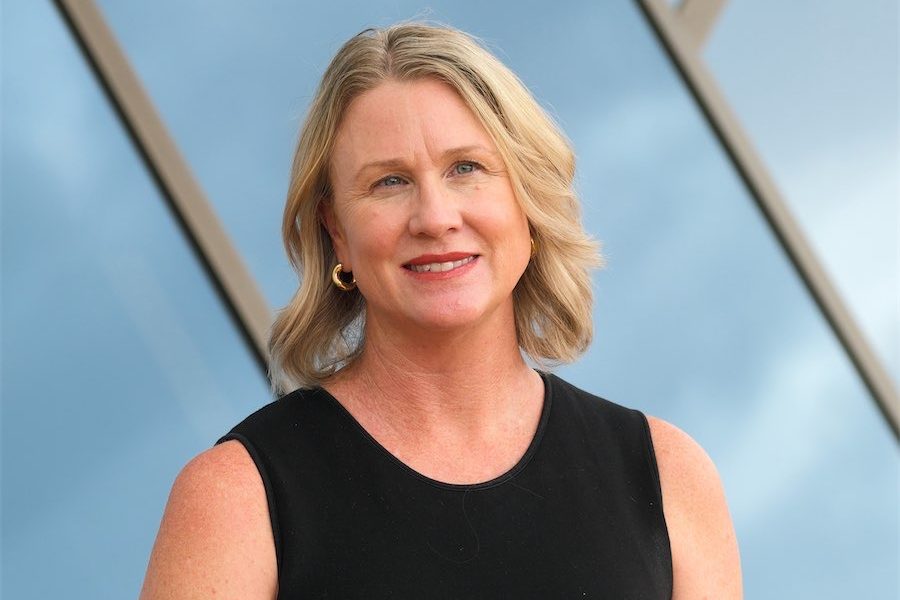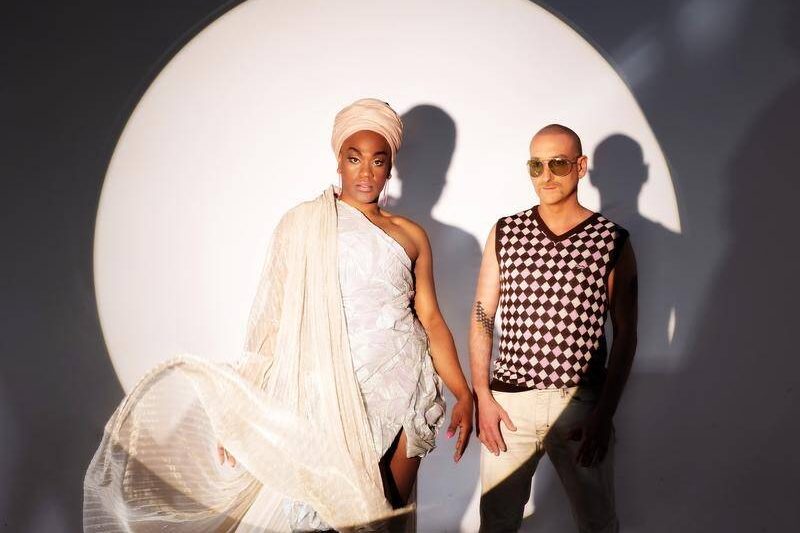
If it hadn’t been for Cyclone Tracy, Katherine McMahon would never have become director of the National Museum of Australia.
Her parents were happily living in Darwin when Tracy struck, forcing a move to Canberra, where Katherine was born at the old Royal Canberra Hospital on the very land where the National Museum now stands – she gestures to show me when we meet.
Her family were very much Darwin people, her grandfather having been a senior bureaucrat in the NT, but now she considers herself a true-blue Canberran, with her parents, two sisters, her brother and lots of nieces and nephews, living in the ACT, too.
Now at just 48, she lives with her 16-year-old daughter and two Hungarian Vidal dogs, Frankie and Maggie, in Aranda, once the suburb of scholars from the ANU and the CSIRO.
Everything about McMahon speaks of Canberra.
She was schooled at the beautiful Giralang Public School, designed by the late architect Enrico Taglietti. She swears a passion for late 20th century Canberra architecture and particularly that of “her” suburb, where she bought her first home.
A netball player while studying at Lake Ginninderra College, she captained the ACT netball team and dabbled in touch football, all the while maintaining a keen interest in the arts and humanities.
After school, McMahon worked a day job while pursuing a degree in history, art history and curatorship at the ANU, developing a particular passion for the Renaissance.
Her degree, she says “gave me a grounding in everything from ancient artefacts to printmaking.”
From 2002, she worked for 16 years at the Australian War Memorial, mostly under Steve Gower as director.
Gower believes the National Museum will benefit from the appointment, declaring himself delighted and thrilled, also praising her astuteness and the “calibre” of her personality.
“She came to us from the ACT government, initially into HR,” he tells me, “but we soon realised she had potential, and she was appointed as council secretary, which gave her a view of the overrun of the memorial… then we had a vacancy in gallery development. She got the position and did an exceptional job.”
McMahon says she came to the museum specifically to work with her predecessor, Mat Trinca.
Her idea was to help support Trinca’s ambitions, helping to oversee initiatives such as the development of the Great Southern Land exhibition and a children’s play/discovery space, but soon found herself stepping up to administrative jobs, also looking after indigenous repatriation, and First Nations holdings.
As well, McMahon looked after galleries and temporary exhibitions, which she loves, overseeing touring exhibitions such as Songlines: Tracking the Seven Sisters, now in Europe.
“So much goes on in museums,” she says. “My portfolio set me up to take a leadership role, as my job was to understand the collection.”
“One thing I love to do is be involved in the transformation of organisations. But it is the galleries that are always at the centre of a museum.”
A strong admirer of Trinca, she says: “Mat has built an incredible foundation for the museum, left it in a state of financial stability and this has allowed me to think across the five years of my contract. His role was very stabilising, especially during the pandemic… he made the public know they could safely come here.”
Nonetheless, she says: “We are very different personalities. Mat is an historian and an academic. I would not define myself that way, but there is no doubt that we were complementary, I was able to help.
“My aim is to make the museum as attractive to the broadest audience ever.”
She says Discovering Ancient Egypt [presently on show] brings a lot of value to Canberra, stressing the kudos related to the fact that the Rijksmuseum holds one of the greatest repositories of Egyptian material in the world.
McMahon is also forging a path to digital education.
“I’d like to think the teachers and students can look to museums for information on Australia’s defining moments, through our digital classroom,” she says.
As well, thanks to the financial stability bequeathed to her, she can offer employment to people working in arts and culture: “Our staff at the museum are incredibly loyal.I’ve had really great people working with me and people are very motivated to work in this place. Now I have the capacity to give them long-term employment.”
If this sounds like naked enthusiasm, it is.
“Every job I’ve ever had is the best job ever,” she says.
Who can be trusted?
In a world of spin and confusion, there’s never been a more important time to support independent journalism in Canberra.
If you trust our work online and want to enforce the power of independent voices, I invite you to make a small contribution.
Every dollar of support is invested back into our journalism to help keep citynews.com.au strong and free.
Thank you,
Ian Meikle, editor




Leave a Reply